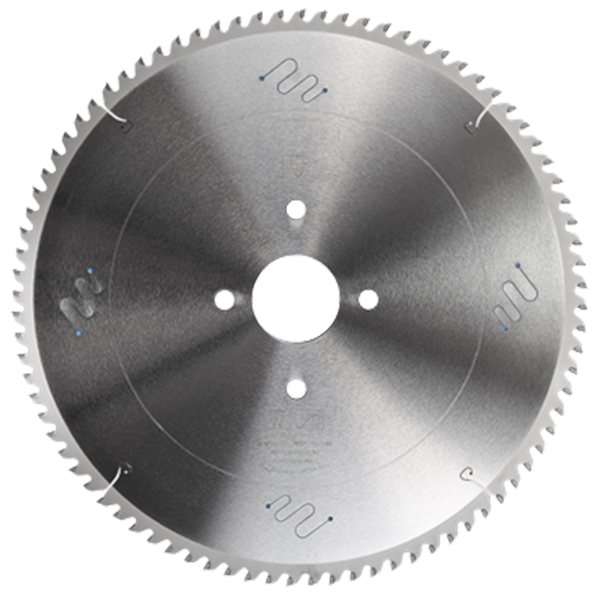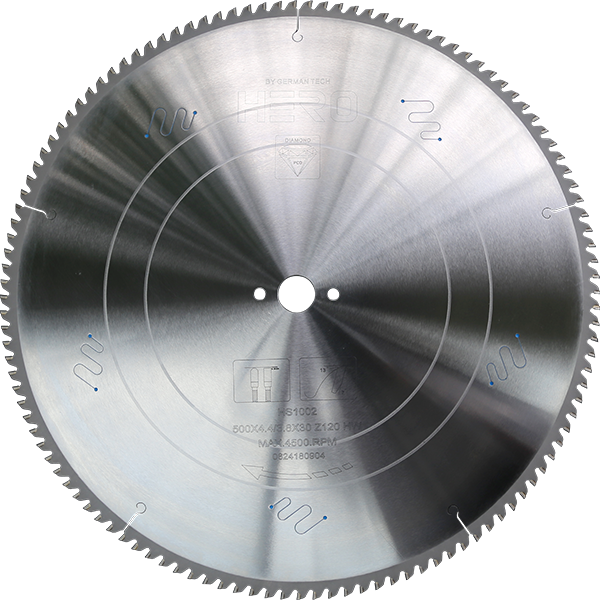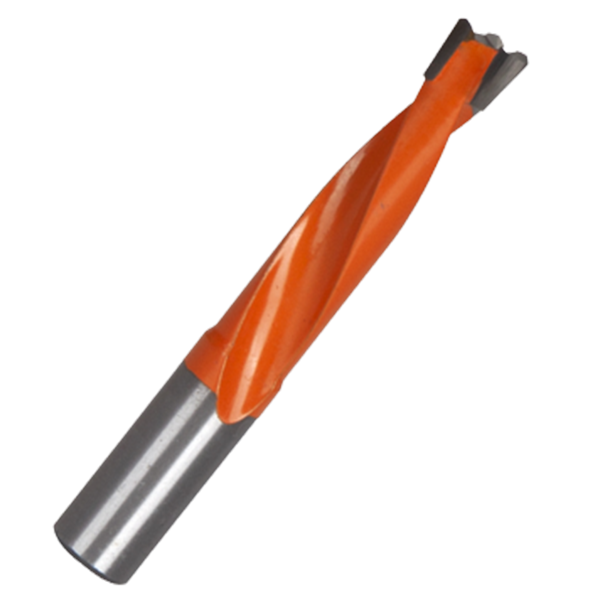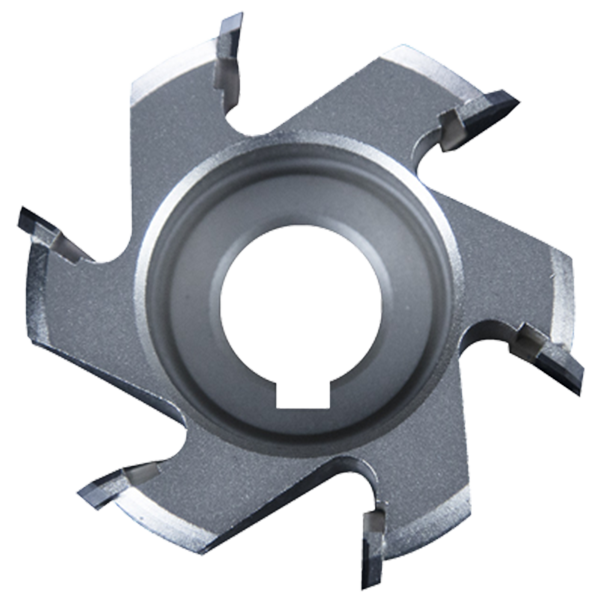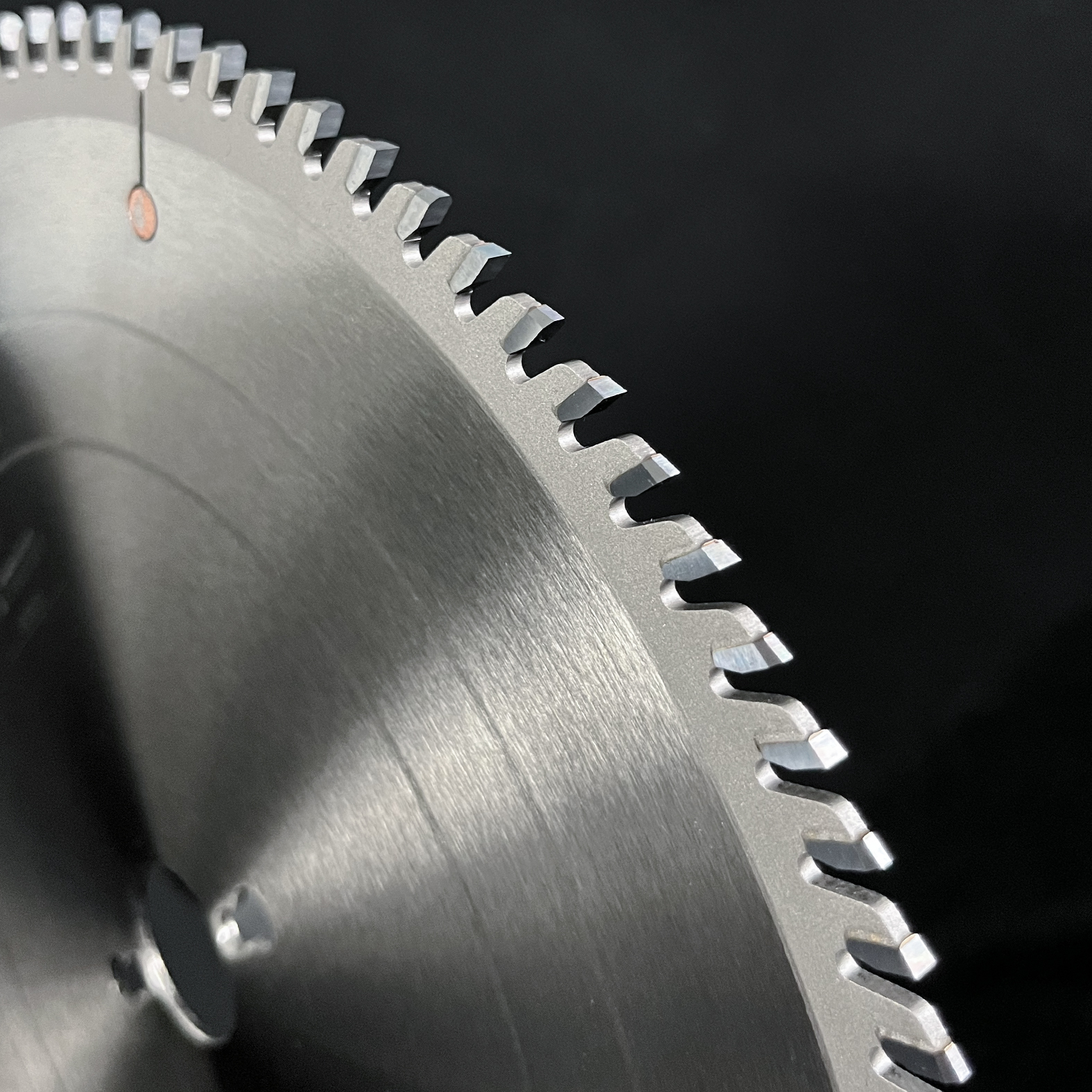How Do I Choose The Right Saw Blade
Making smooth, safe cuts with your table saw, radial-arm saw, chop saw or sliding compound miter saw depends on having the right blade for the tool and for the type of cut you want to make. There’s no shortage of quality options, and the sheer volume of available blades could bewilder even an experienced woodworker.
In what type of saw will the blade be used? Some blades are designed to be used in particular saws, so you’ll want to be sure to get the right blade for the tool. Using the wrong type of blade for the saw is likely to produce poor results and might in some cases be dangerous.
What materials will the blade be used to cut? If you need to cut a wide range of materials, that will affect your choice. If you cut a lot of a single type of material (melamine, for example) that specialization also might affect your choice.
Saw Blade Essentials Many saw blades are designed to provide their best results in a particular cutting operation. You can get specialized blades for ripping lumber, crosscutting lumber, cutting veneered plywood and panels, cutting laminates and plastics, cutting melamine and cutting non-ferrous metals.
Many saw blades are designed to provide their best results in a particular cutting operation. You can get specialized blades for ripping lumber, crosscutting lumber, cutting veneered plywood and panels, cutting laminates and plastics, cutting melamine and cutting non-ferrous metals. There also are general purpose and combination blades, which are designed to work well in two or more types of cuts. (Combination blades are designed to crosscut and rip.
General-purpose blades are designed to make all types of cuts, including in plywood, laminated wood and melamine.) What a blade does best is determined, in part, by the number of teeth, the size of gullet, the tooth configuration and the hook angle (angle of the tooth).
In general, blades with more teeth yield a smoother cut, and blades with fewer teeth remove material faster. A 10″ blade designed for ripping lumber, for example, usually has as few as 24 teeth and is designed to quickly remove material along the length of the grain. A rip blade isn’t designed to yield a mirror-smooth cut, but a good rip blade will move through hardwood with little effort and leave a clean cut with minimal scoring.
A crosscut blade, on the other hand, is designed to produce a smooth cut across the grain of the wood, without splintering or tearing. This type of blade will usually have 60 to 80 teeth, and the higher tooth count means that each tooth has to remove less material. A crosscut blade makes many more individual cuts as it moves through the stock than a ripping blade and, as a result, requires a slower feed rate. The result is a cleaner cut on edges and a smoother cut surface. With a top-quality crosscut blade, the cut surface will appear polished.
The gullet is the space in front of each tooth to allow for chip removal. In a ripping operation, the feed rate is faster and the chip size is bigger, so the gullet needs to be deep enough for the large amount of material it has to handle. In a crosscutting blade, the chips are smaller and fewer per tooth, so the gullet is much smaller. The gullets on some crosscutting blades also are purposely sized small to inhibit a too-fast feed rate, which can be a problem especially on radial-arm and sliding miter saws.The gullets of a combination blade are designed to handle both ripping and crosscutting. The large gullets between the groups of teeth help clear out the larger amounts of material generated in ripping. The smaller gullets between the grouped teeth inhibit a too-fast feed rate in crosscutting.
Circular sawblades come with a wide range of tooth counts, everything from 14 to 120 teeth. To get the cleanest cuts, use a blade with the correct number of teeth for a given application. The material being cut, its thickness, and the direction of the grain relative to the sawblade help to determine which blade is best. Perhaps the key factor to consider when choosing a sawblade is the desired result. A blade with a lower tooth count tends to cut faster than a blade with a higher tooth count, but the quality of the cut is rougher, which doesn’t matter if you’re a framer. On the other hand, a blade with too high a tooth count for an application yields a slower cut that ends up burning the material, which no cabinetmaker would tolerate.
A blade with as few as 14 teeth cuts quickly, but roughly. These blades tear through even the thickest stock with ease, but their use is limited. If you try to cut thin sheet goods with a blade that has fewer than 24 teeth, you’ll pulverize the material.
A general framing blade.the one that comes with most 71.4-in. circular saws.has 24 teeth and gives a pretty clean rip cut but a rougher crosscut. If you’re framing with 2x stock, where precision and cleanness of cut are secondary to speed and ease of cut, it might be the only blade you’ll need.
A 40-tooth blade works fine for most cuts through plywood. Blades with 60 or 80 teeth should be used on veneered plywood and melamine, where the thin veneers are likely to blow out on the underside of the cut, a characteristic known as tearout. MDF requires even more teeth (90 to 120) to get the cleanest cut.
If you do a lot of finish work—installing crown molding, for instance—you need a much cleaner cut that requires more teeth. Cutting miters is basically crosscutting on an angle, and blades with higher tooth counts generally perform best when cutting across the grain. A blade with 80 or more teeth offers the crisp miter cuts you’re looking for.
Post time: Apr-26-2024

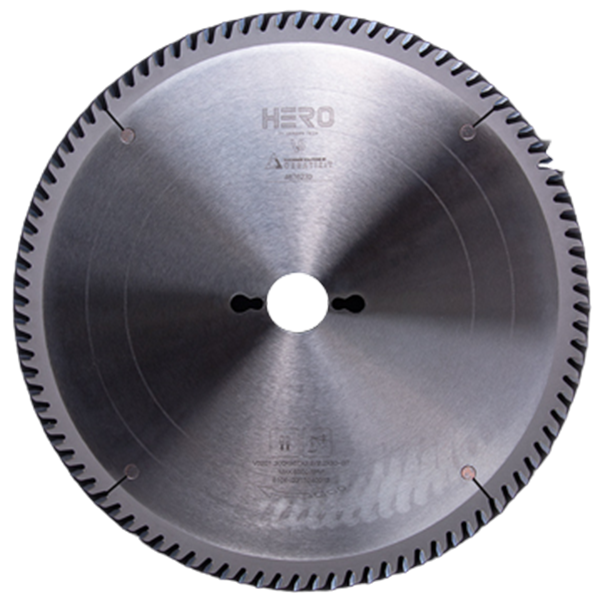 TCT Saw Blade
TCT Saw Blade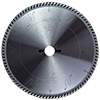 HERO Sizing Saw Blade
HERO Sizing Saw Blade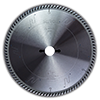 HERO Panel Sizing Saw
HERO Panel Sizing Saw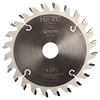 HERO Scoring Saw Blade
HERO Scoring Saw Blade HERO Solid Wood Saw Blade
HERO Solid Wood Saw Blade HERO Aluminum Saw
HERO Aluminum Saw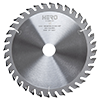 Grooving Saw
Grooving Saw Steel Profile Saw
Steel Profile Saw Edge Bander Saw
Edge Bander Saw Acrylic Saw
Acrylic Saw PCD Saw Blade
PCD Saw Blade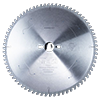 PCD Sizing Saw Blade
PCD Sizing Saw Blade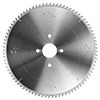 PCD Panel Sizing Saw
PCD Panel Sizing Saw PCD Scoring Saw Blade
PCD Scoring Saw Blade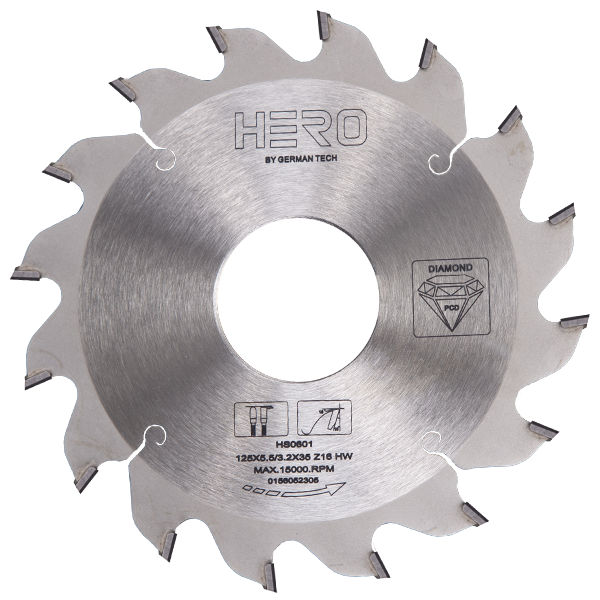 PCD Grooving Saw
PCD Grooving Saw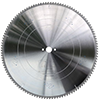 PCD Aluminum Saw
PCD Aluminum Saw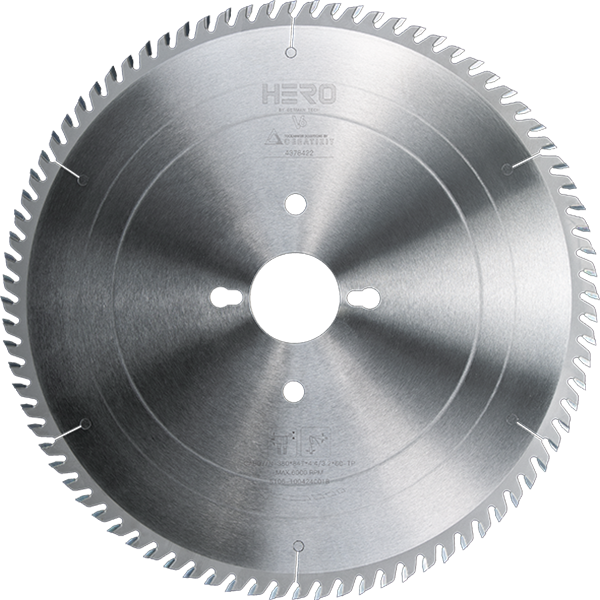 Cold Saw for Metal
Cold Saw for Metal Cold Saw Blade for Ferrous Metal
Cold Saw Blade for Ferrous Metal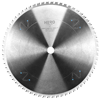 Dry Cut Saw Blade for Ferrous Metal
Dry Cut Saw Blade for Ferrous Metal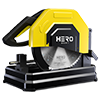 Cold Saw Machine
Cold Saw Machine Drill Bits
Drill Bits Dowel Drill Bits
Dowel Drill Bits Through Drill Bits
Through Drill Bits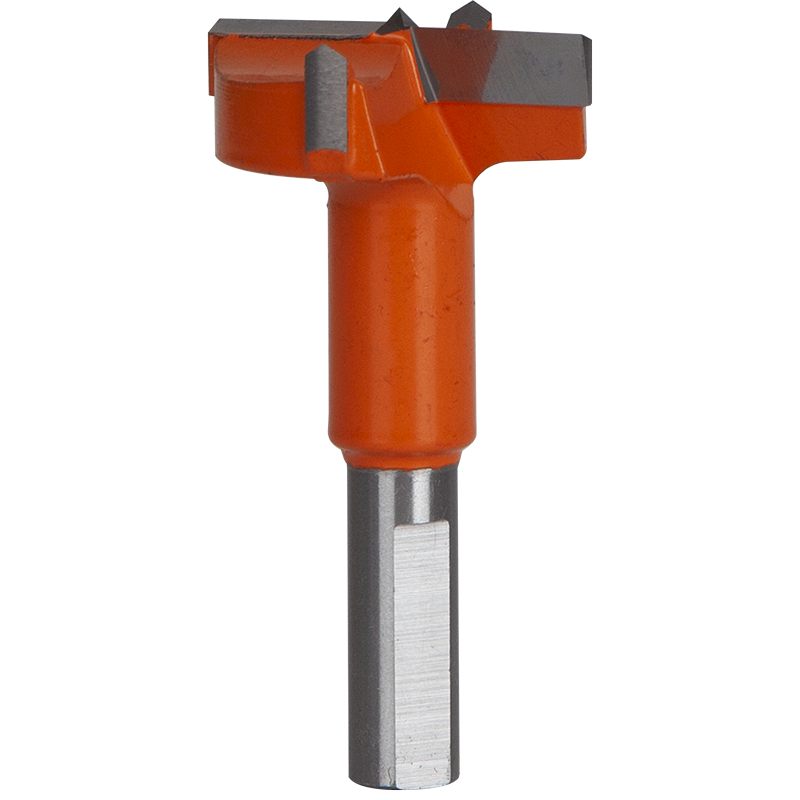 Hinge Drill Bits
Hinge Drill Bits TCT Step Drill Bits
TCT Step Drill Bits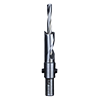 HSS Drill Bits/ Mortise Bits
HSS Drill Bits/ Mortise Bits Router Bits
Router Bits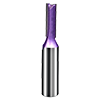 Straight Bits
Straight Bits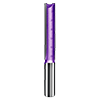 Longer Straight Bits
Longer Straight Bits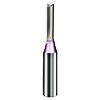 TCT Straight Bits
TCT Straight Bits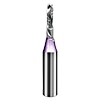 M16 Straight Bits
M16 Straight Bits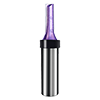 TCT X Straight Bits
TCT X Straight Bits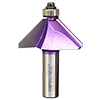 45 Degree Chamfer Bit
45 Degree Chamfer Bit Carving Bit
Carving Bit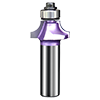 Corner Round Bit
Corner Round Bit PCD Router Bits
PCD Router Bits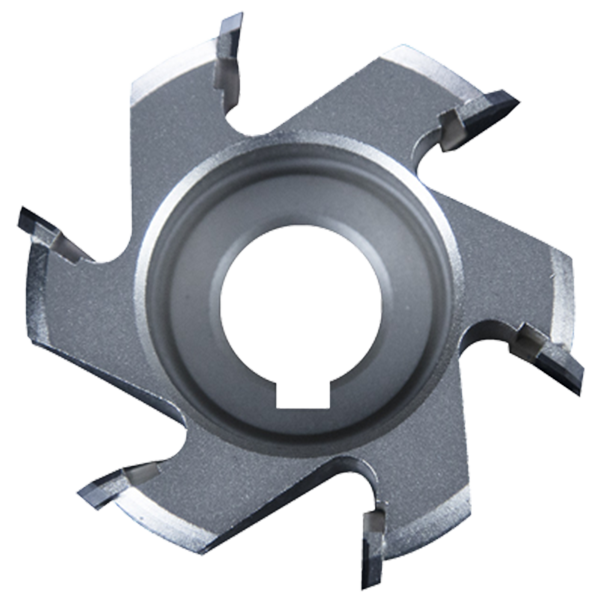 Edge Banding Tools
Edge Banding Tools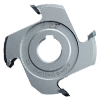 TCT Fine Trimming Cutter
TCT Fine Trimming Cutter TCT Pre Milling Cutter
TCT Pre Milling Cutter Edge Bander Saw
Edge Bander Saw PCD Fine Trimming Cutter
PCD Fine Trimming Cutter PCD Pre Milling Cutter
PCD Pre Milling Cutter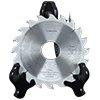 PCD Edge Bander Saw
PCD Edge Bander Saw Other Tools & Accessories
Other Tools & Accessories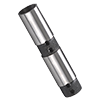 Drill Adapters
Drill Adapters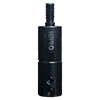 Drill Chucks
Drill Chucks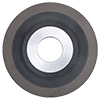 Diamond Sand Wheel
Diamond Sand Wheel Planer Knives
Planer Knives
